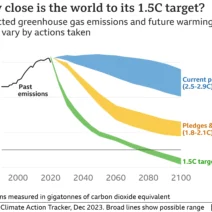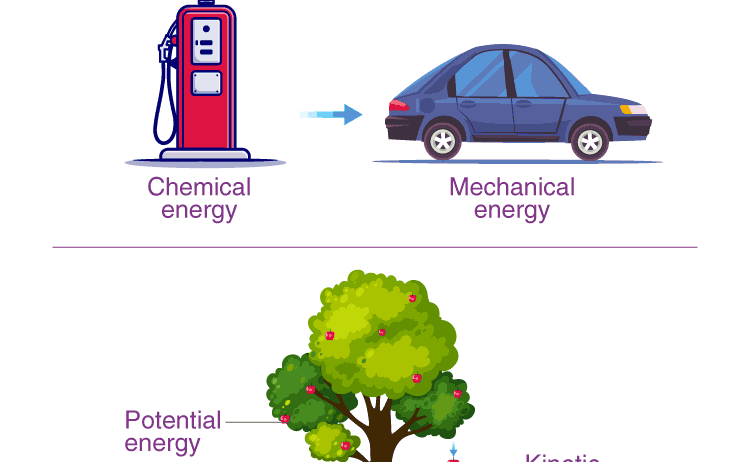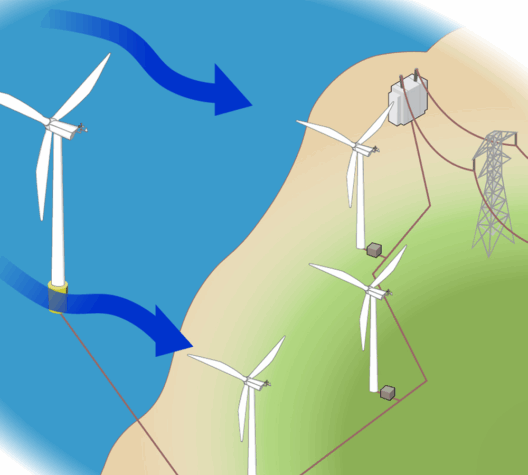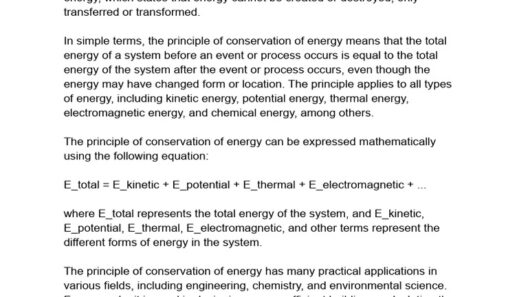The Law of Conservation of Energy is a fundamental principle in physics that asserts energy cannot be created or destroyed; it can only be transformed from one form to another. This pivotal law underpins all physical processes and is crucial for understanding the dynamics of various systems, from mechanical engines to ecological frameworks. In this article, we will explore the significance of the Law of Conservation of Energy, shedding light on its principles, implications, and the integral role it plays in energy conservation. Through this exploration, readers will appreciate the profound impact this law has on science, technology, and our environment.
The origins of the Law of Conservation of Energy trace back to the 19th century, when scientists like Julius Robert von Mayer and James Prescott Joule meticulously demonstrated how energy transforms within closed systems. The recognizable forms of energy—kinetic, potential, thermal, chemical—manifest in varied situations but adhere to the inviolable law of energy conservation. This omnipresent principle is not merely a theoretical construct; it serves as the bedrock for innovation across multiple disciplines and sectors.
Understanding the fundamental essence of energy is paramount. Energy exists in various forms, including kinetic energy (the energy of motion), potential energy (stored energy), thermal energy (heat), chemical energy (stored in bonds), and nuclear energy (within atomic nuclei). Grasping these diverse energy forms allows us to visualize energy transformations in our daily lives. Consider a straightforward example: a roller coaster. As the coaster ascends, potential energy accumulates due to altitude, which is later converted to kinetic energy as it rushes downward, illustrating an exhilarating energy transformation encapsulated by the conservation principle.
Energy conservation manifests itself prominently in modern physics, providing a framework for experimental validation and theoretical development. It offers a coherent narrative that explains natural phenomena. Understanding this principle simplifies complex interactions, enabling scientists to predict outcomes based on initial energy states. Thus, it plays a vital role in both theoretical physics and practical applications, ranging from designing efficient engines to analyzing ecological systems.
Energy conservation implications extend beyond the realm of physics; they infiltrate environmental discussions. In an era characterized by rapidly depleting fossil fuels and escalating greenhouse gas emissions, energy conservation takes on a monumental significance. It encourages a paradigm shift in how we utilize resources, pushing for sustainable practices. The urgency for an energy-efficient society compels us to seek renewable resources—like solar, wind, and hydropower— which are inherent in energy conservation principles. This shift empowers individuals and communities to harness natural processes for their energy needs.
Innovative technologies that embody the principles of energy conservation have emerged as critical players in this movement. For instance, advancements in energy storage systems underscore the need to conserve energy in practical applications. Batteries that store energy produced from renewable sources regulate energy use according to demand, thus reducing reliance on non-renewable sources and paving the way towards sustainable development. This interplay between technology and the conservation of energy exemplifies how theoretical principles can catalyze real-world solutions.
Delving deeper, it’s essential to consider how energy conservation intersects with the laws of thermodynamics. The first law of thermodynamics reiterates the concept of energy conservation—energy in an isolated system remains constant. However, the second law introduces the concept of entropy, asserting that energy transformations are inherently inefficient and tend to increase disorder. This notion underscores the importance of striving for energy efficiency in any system, as wasted energy can lead to increasing entropy and degradation of resources. The symbiotic relationship between these laws draws attention to the need for a conscious approach to energy use in all sectors of society.
Energy consumption patterns also reflect our understanding of conservation principles. The realization that energy can be saved, and that the mode of energy consumption significantly affects environmental health, has fostered behavioral changes in individuals and corporations alike. Governments worldwide are implementing policies to incentivize energy-efficient practices, pushing industries towards reduced consumption and lower carbon footprints. Such initiatives resonate with the core notions of conservation, emphasizing the imperative to sustain our planet while simultaneously meeting human needs.
Education plays a pivotal role in amplifying awareness around the Law of Conservation of Energy. Through educational programs and campaigns, society can foster understanding and appreciation of energy conservation. By instilling these concepts in the minds of young learners, we cultivate a generation attuned to sustainability, equipping them with the tools to innovate and address the pressing energy challenges ahead.
Ultimately, the Law of Conservation of Energy is not just a scientific tenet; it is a catalyst for progress in our quest for sustainable living. It invites us to recognize the significance of energy beyond mere consumption. By embracing energy conservation not only as an abstract principle but as a guiding philosophy, we can pave the way for advancements that respect and preserve our planet’s delicate ecosystems.
As we navigate through contemporary energy crises exacerbated by climate complications and resource scarcity, the Law of Conservation of Energy remains a beacon of hope. It challenges us to rethink our energy relationships, prompting exploration into innovative solutions driven by conservation principles. It beckons for a world where energy is not just utilized but cherished, fostering a harmonious balance between human needs and ecological integrity.







